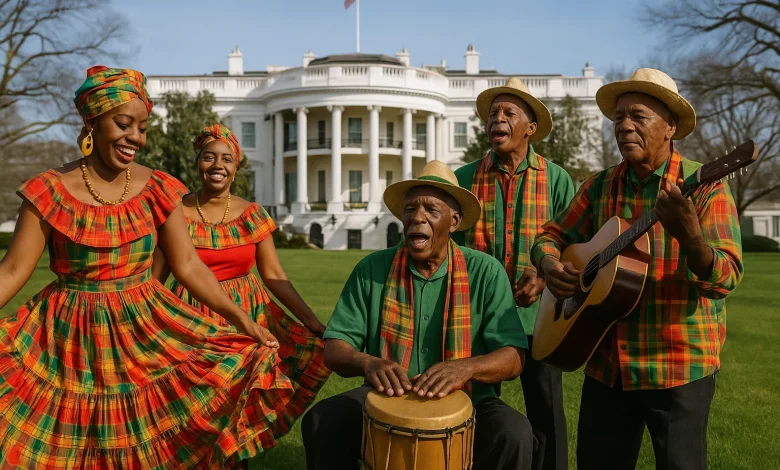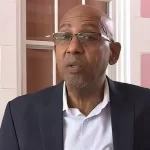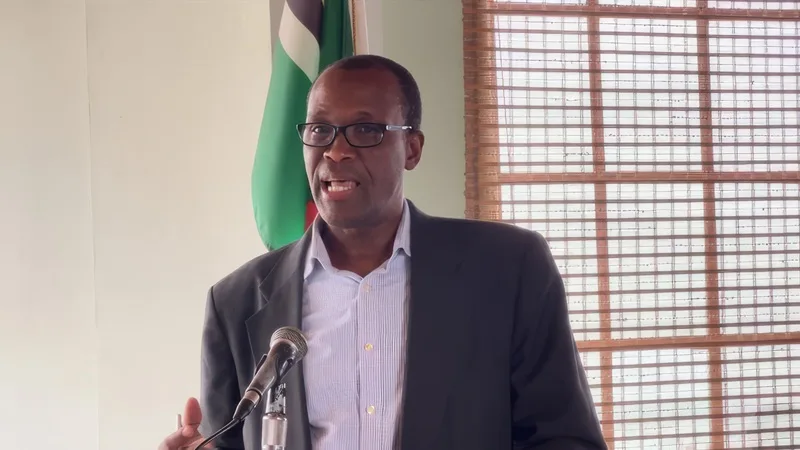Cultural Diplomacy of Dominica

Cultural Diplomacy of Dominica is an essential part of the nation’s foreign policy, rooted in its rich heritage, vibrant arts, and resilient identity as a Small Island Developing State (SIDS). Through music, language, festivals, literature, and community practices, Dominica projects its culture internationally to strengthen bilateral ties, enhance regional solidarity, and promote sustainable development. This form of diplomacy not only celebrates the island’s unique traditions but also serves as a strategic tool for securing international recognition, attracting investment, and fostering partnerships.
Historical Background
Dominica’s cultural diplomacy draws from its diverse heritage, Kalinago traditions, African legacies, European influences, and Creole culture. Following independence in 1978, cultural diplomacy became a vehicle for asserting national identity abroad. Institutions such as the Division of Culture, once led by figures like Alwin Bully, played a major role in crafting Dominica’s global cultural image. The celebration of Creole Day, the promotion of the Kwéyòl language, and recognition of national icons through awards like the Sisserou Award of Honour reinforced the cultural foundation of diplomacy.
Institutions and Key Actors
The Ministry of Culture coordinates cultural diplomacy alongside the Ministry of Foreign Affairs. At the community level, groups such as the Karifuna Cultural Group, Sixth Form Sisserou Singers, and local theatre associations contribute to shaping Dominica’s image. The Dominica National Commission for UNESCO also plays a role by linking heritage initiatives with global cultural preservation goals.
- Division of Culture: Oversees national festivals, theatre, and heritage protection.
- UNESCO Commission: Facilitates international cooperation on cultural heritage and education.
- Cultural Ambassadors: Artists, musicians, and writers who represent Dominica abroad.
Music and Performing Arts
Music has been at the forefront of Dominica’s cultural diplomacy. Genres like Cadence-lypso, pioneered by Gordon Henderson and the band Exile One, and Bouyon music, created by groups such as WCK, gained international audiences and positioned Dominica as a creative powerhouse in the Caribbean. Cultural troupes travel regionally and internationally, showcasing drumming, dance, and folk performances. Events like DOMFESTA (Dominica Festival of Arts) celebrate local creativity while inviting international exchange.
Theatre and Literature
Dominica’s playwrights, poets, and novelists have carried the island’s voice abroad. Alwin Bully not only designed the national flag but also promoted Dominican theatre across the Caribbean. Writers like Jean Rhys, internationally acclaimed for Wide Sargasso Sea, ensured Dominican literature became part of the global canon. Today, storytelling festivals and literary circles contribute to cultural exchanges across the region and beyond.
Festivals and National Celebrations
Dominica’s World Creole Music Festival, held annually in Roseau, is a prime tool of cultural diplomacy. It attracts international visitors, artists, and media, enhancing Dominica’s reputation as a cultural destination. Similarly, Creole in the Park and Independence Celebrations promote national identity while encouraging cross-cultural interaction. Diaspora communities in North America and Europe often replicate these festivals, strengthening Dominican visibility abroad.
- World Creole Music Festival: Global stage for Creole and Caribbean performers.
- Creole Day (Jounen Kwéyòl): Celebration of Creole language and heritage.
- Independence Anniversary: Showcases cultural pride and unity.
Language and Identity
The preservation and promotion of Kwéyòl (Creole language) is another form of diplomacy. Initiatives by cultural advocates, including the Kweyol Language Committee, position Creole as a unifying identity marker within the wider Francophone world. Dominica’s participation in regional Creole networks strengthens ties with countries like Saint Lucia, Guadeloupe, and Martinique.
Regional and International Engagement
Dominica’s cultural diplomacy extends to regional organizations like CARICOM and the OECS, where culture is used to strengthen integration. The island also collaborates with international partners through UNESCO cultural heritage projects, including efforts to preserve sites like Cabrits National Park and intangible traditions such as Creole storytelling.
Diaspora Engagement
Diaspora communities in the United States, Canada, and the United Kingdom play an active role in extending Dominica’s cultural diplomacy. Through music events, theatre productions, and cultural associations, the diaspora keeps Dominican culture alive abroad while building bridges for investment, tourism, and education.
Cultural Diplomacy in Policy and Development
Cultural diplomacy is not only symbolic but also economic. By marketing Dominica as a destination for eco-cultural tourism, the government attracts visitors seeking authentic experiences. Partnerships in arts education, film, and cultural tourism align with the National Resilience Development Strategy 2030 (NRDS), which views culture as a driver of resilience and innovation.




